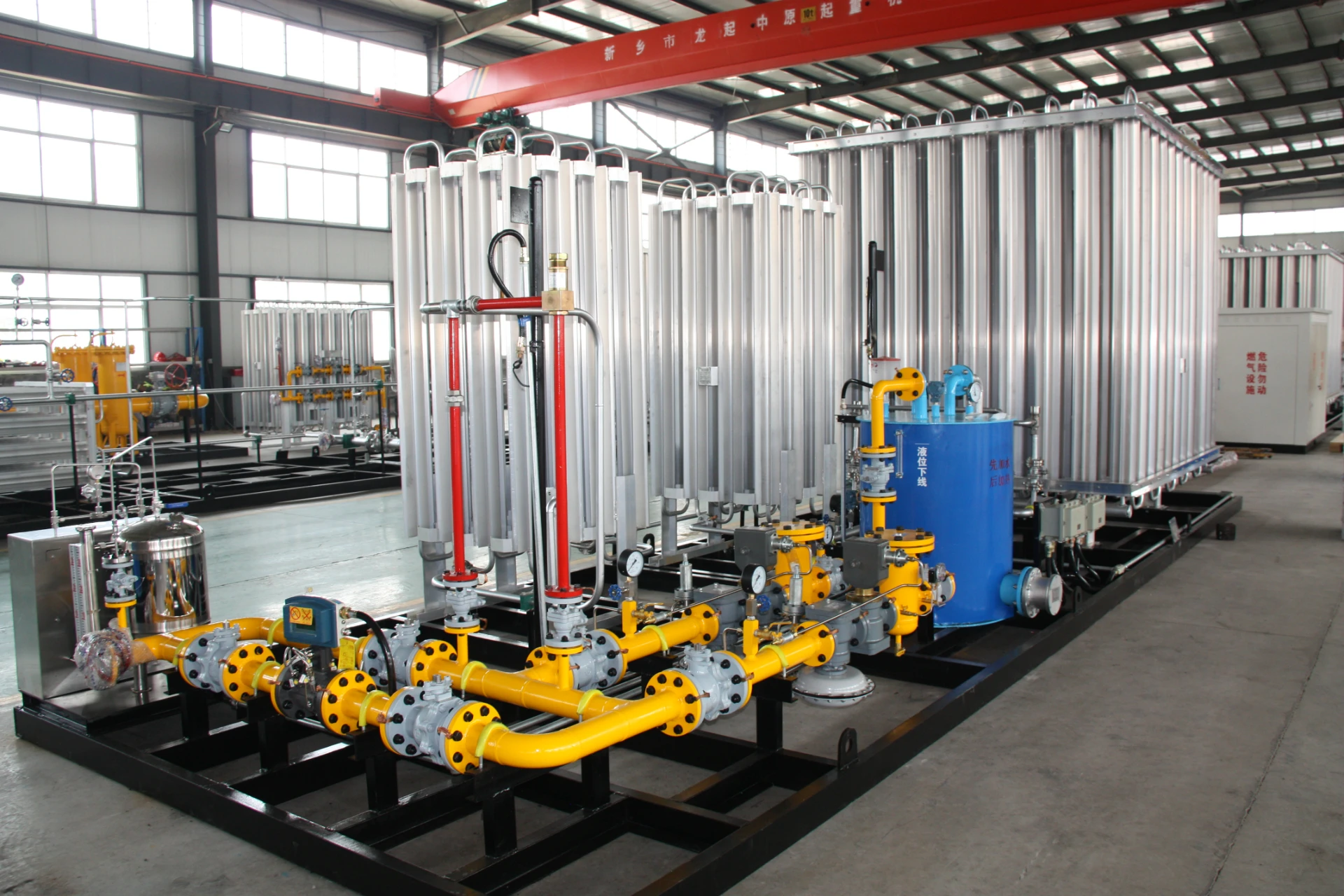
Dec . 04, 2024 09:55
Back to list
lng
Understanding LNG A Key Player in the Energy Transition
Liquefied Natural Gas (LNG) has emerged as a cornerstone in the global energy landscape, facilitating a transition towards more sustainable energy sources while meeting the rising demand for cleaner fuels. As a condensed form of natural gas, LNG is natural gas that has been cooled to a liquid state, allowing for easier storage and transportation. This process reduces its volume by about 600 times, making it feasible to transport over long distances where pipelines are not an option.
.
The LNG market has seen remarkable growth over the past decade, driven by technological advancements in extraction and liquefaction processes, as well as increasing demand from emerging economies. Countries like China and India are scaling up their LNG imports to support their rapid industrialization and urbanization while simultaneously addressing air quality concerns and energy security issues. The flexibility and scalability of LNG supply chains enable nations to diversify their energy mix, reduce reliance on coal, and transition to more efficient energy infrastructure.
lng

Infrastructure development is another critical factor facilitating the expansion of the LNG market. The construction of liquefaction terminals, regasification facilities, and transportation vessels has dramatically increased the capacity to source and deliver LNG across the globe. Major producers, including the United States, Qatar, and Australia, are investing heavily in these infrastructures to bolster their LNG export capabilities. The growth of the LNG shipping industry has also been notable, with cutting-edge vessels designed to handle large quantities of LNG, ensuring its safe and efficient transportation to global markets.
However, the LNG industry is not without challenges. Fluctuating prices and geopolitical tensions can impact supply chains and market stability. Additionally, while LNG is cleaner than other fossil fuels, it is not entirely free from environmental concerns. Methane emissions associated with natural gas extraction and transport are significant, as methane is a potent greenhouse gas. Thus, the industry is under pressure to adopt stringent measures to minimize leaks and enhance overall environmental stewardship.
Investments in technology and innovation will play a crucial role in the future of LNG. The development of carbon capture and storage (CCS) technologies, for example, aims to mitigate emissions associated with natural gas production and usage. Furthermore, advancements in renewable energy technologies, such as hydrogen production from natural gas, could pave the way for a more sustainable energy landscape where LNG serves as a transitional fuel.
In conclusion, Liquefied Natural Gas stands at the forefront of the energy sector, offering a practical and cleaner alternative amidst the pressing need for energy diversification and reduction of carbon emissions. As nations navigate their energy futures, LNG provides an essential bridge, supporting the shift towards more sustainable energy practices while ensuring energy security. With ongoing innovations and commitment to reducing its environmental impact, LNG is poised to remain a vital player in the global energy transition for years to come.
Next:
Latest news
-
Safety Valve Spring-Loaded Design Overpressure ProtectionNewsJul.25,2025
-
Precision Voltage Regulator AC5 Accuracy Grade PerformanceNewsJul.25,2025
-
Natural Gas Pressure Regulating Skid Industrial Pipeline ApplicationsNewsJul.25,2025
-
Natural Gas Filter Stainless Steel Mesh Element DesignNewsJul.25,2025
-
Gas Pressure Regulator Valve Direct-Acting Spring-Loaded DesignNewsJul.25,2025
-
Decompression Equipment Multi-Stage Heat Exchange System DesignNewsJul.25,2025

